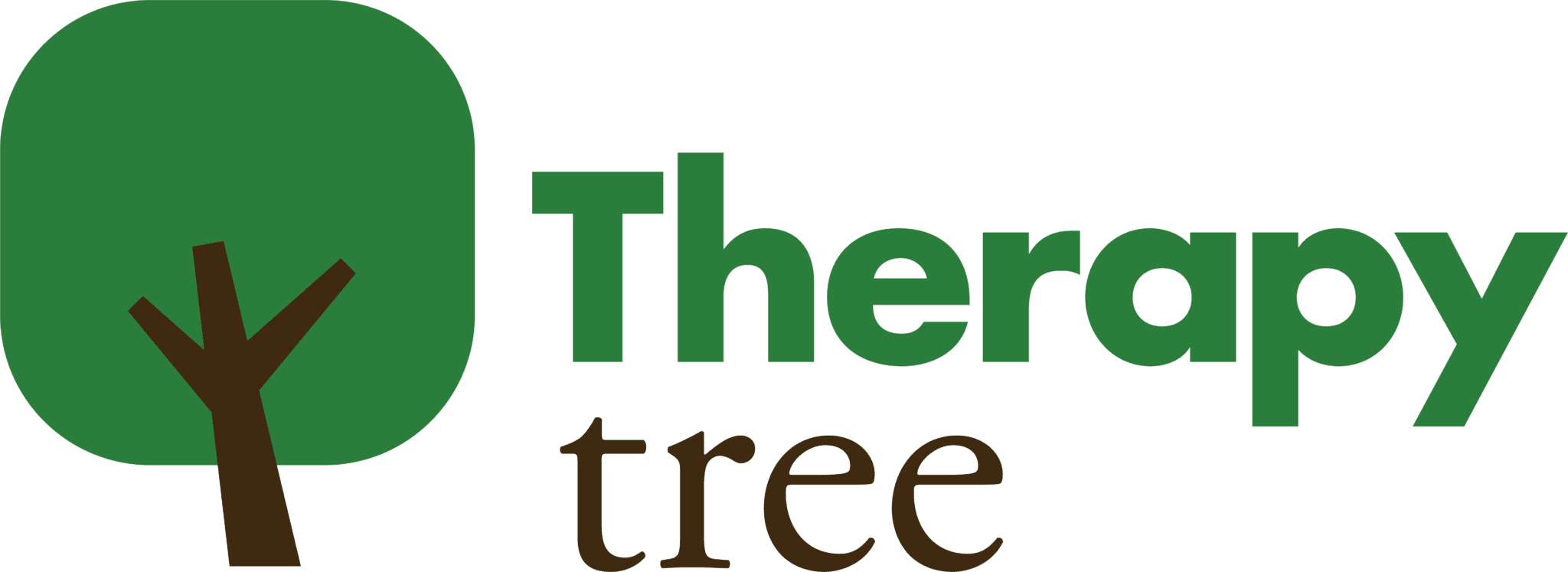My daughter was frustrated. I can still picture it—my usually sweet, calm baby was red-faced, with tears welling up in her eyes, as she continued making the same sound—“a-PA!”— with increasing urgency and volume. I flew around the house, presenting her with various items, hoping each would be the thing she was so desperately wanting.

As a result of this incident, we started teaching her to use sign language. And, lemme tell you, it transformed the way we were able to communicate! I only wished I’d known about it sooner.
It may seem strange to teach a typically hearing child to use sign language. But, as many parents who use sign language with their children can attest—it’s a game changer. But WHY? Does teaching a child a non-verbal language help them to be better communicators? Can it hinder their verbal language skills, to use signs to get their needs met?
These are great questions, and worth exploring in more detail. This article will offer you insight into the whys and hows of teaching your child to use signs, so you can make an informed choice that’s right for your family.
What are the benefits of sign language in early childhood?
Learning to communicate and use verbal language is a long, complex, and (sometimes) frustrating process. Pretty much every parent can tell you at least one horror story about when their child went into full-fledged meltdown mode because they struggled to get their point across.
Can you imagine desperately wanting, needing to communicate with the people around you, but not yet having the tools to do so? That’s a recipe for frustration, my friend.

A huge part of babies learning language involves their awareness that communication is a two-way street. When babies are born, they cry without intention. It’s only by adults responding to their cries that they learn communication is reflexive—You mean I cry and this nice lady comes to feed me and change me? Cool!
Once babies learn this crucial lesson, they begin using the tools they have to communicate. Very soon, however, your child’s needs become increasingly complex, quickly exceeding their ability to communicate them effectively.
This is where sign language comes into play.
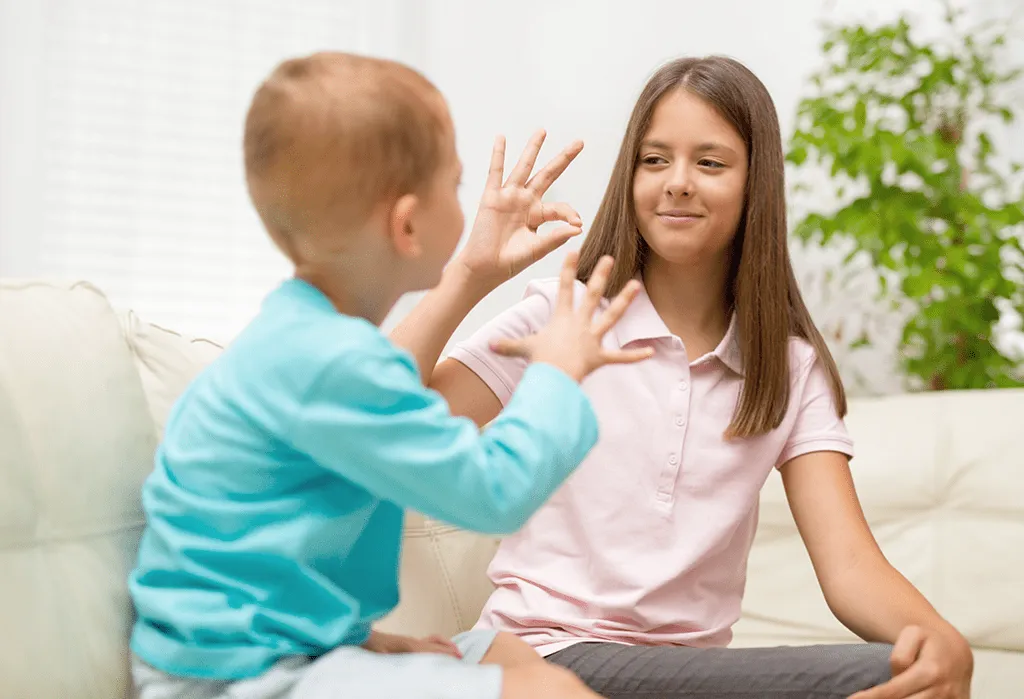
Before we learn why it’s important, let’s dispel a myth around sign language use with babies the goal is not (necessarily) to accelerate their spoken language development.
Instead, think of sign language like a bridge—It’s meant to help fill in the space between what your child WANTS to communicate and what they’re ABLE to communicate.
In addition to cutting down on the tantrum train by giving your child a tool to be a more effective communicator, sign language use can also enhance the parent-child bonding experience.
Think about it—if you’re able to be more responsive to their needs, and they’re able to communicate with less frustration, it not only builds trust and empowers your child as a communicator, it also frees up more time and energy for you to spend quality time together!
And that sounds like a win-win!
Can sign language use delay my baby’s speech development?
I totally get why you might think so. Won’t the energy of learning a whole other language take up important time and energy they could be using to learn to speak?
The truth is—nope. While studies don’t show that the use of signs in young children accelerates their language learning, it also hasn’t been shown to hinder it.
Instead, sign language use in young children can help to bridge an important gap between their communication desires and their language abilities.
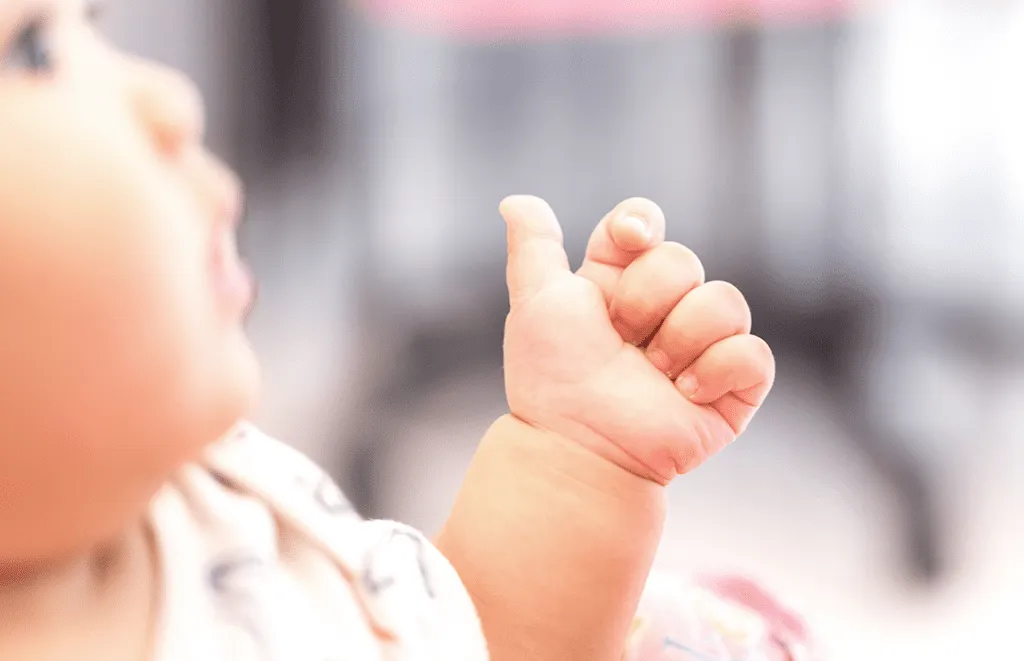
Some studies have shown training in use of manual signing can not only be used for this purpose in typically-developing children, but also shows promising results in promoting gains in the speech skills of children with communication and cognitive disorders, including autism.
Here’s the thing to know——communication is bigger than language. Language is an important part of communication, but communication is an umbrella term that encompasses a lot more than just language.
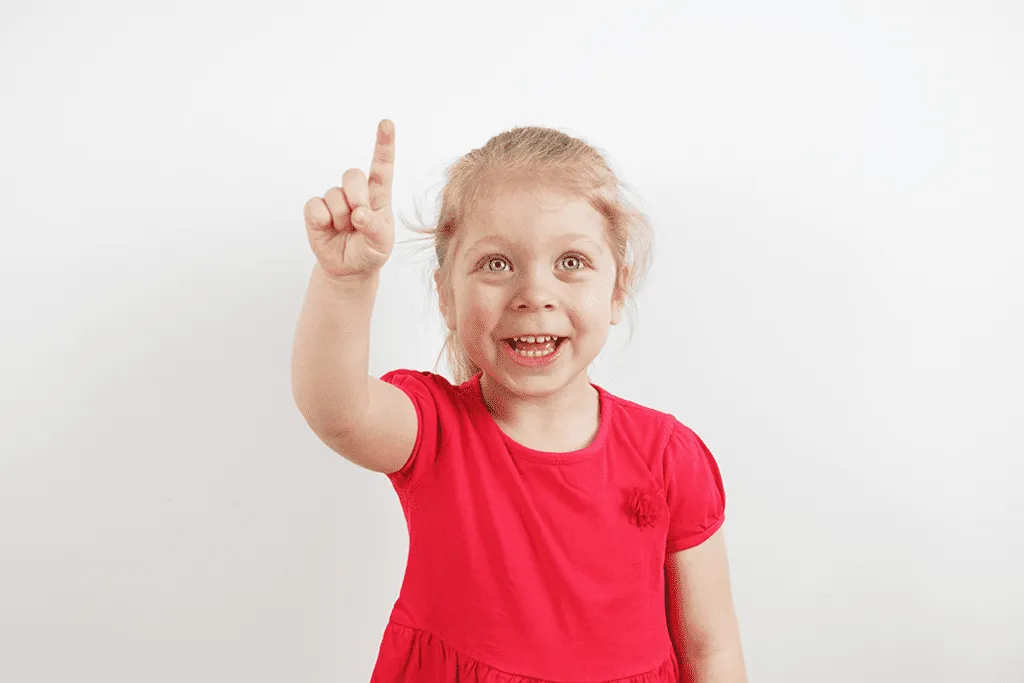
It’s been said that only about 30% of the meaning in our communication is generated by our language.
Suprasegmentals, as they’re known in the biz, are communication tools that are not language-based. They include things like body language, tone of voice, and gestures.
You may not have considered it before, but think about how much you can change the meaning of a simple phase, just by changing your inflection, your choice of gestures, or your body language. Try it with “Are you home yet?”
I’ll wait…
It’s amazing how much meaning can be conveyed in the communication tools that surround our spoken language, right?
Now, consider signing. Especially when coupled with a word (or the approximation of a word)—a sign can be a powerful tool to communicate our wants and needs.
Particularly when used between the ages of eight months and two years of age, sign language can be a useful tool to enhance your child’s ability to communicate with you. And that means less frustration and meltdowns—which I bet we all can agree is a good thing.
What are some common signs parents teach their children?
- More
- Please
- Drink
- Eat
- Up
- All done
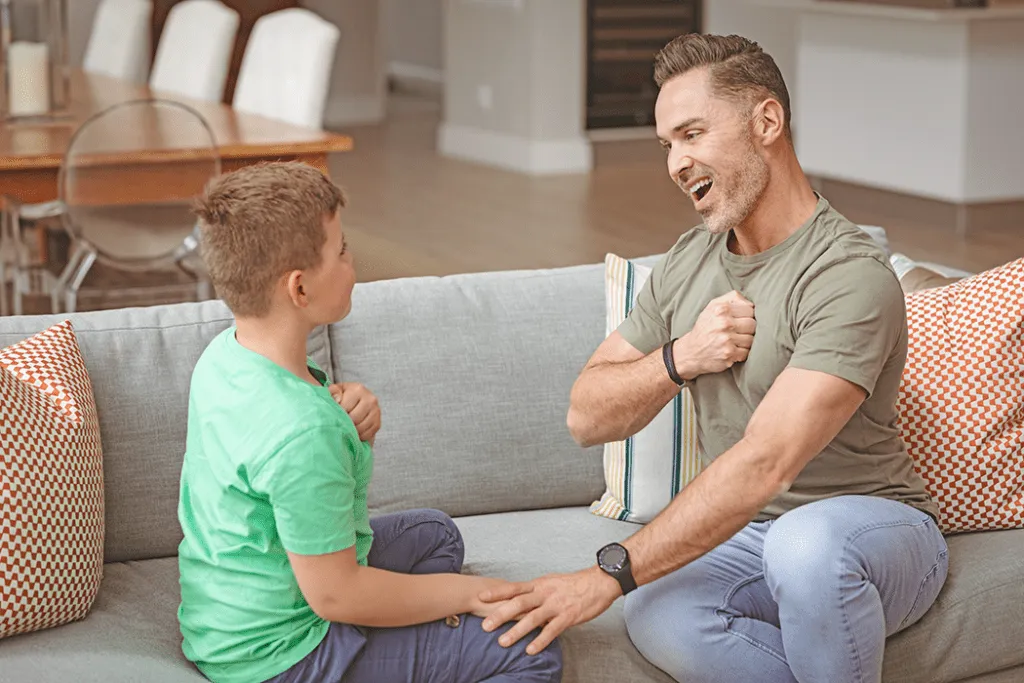
Many kids will develop their own unique versions of standardized signs—and this is just fine! As long as they’re able to use them consistently and you understand what they mean—that’s what matters.
My daughter had her own personal spin on the sign for “more,” where she’d point with one finger in the center of the open palm of her other hand. She used this sign consistently, so we knew what it meant. It got even easier when she eventually began using the gesture and saying the word together. It became a communication tool she’d use for added emphasis—“Hey Mama, I really want some MORE!”
If your child develops their own unique way of signing a word, be sure to teach those who interact with them regularly what it means. This keeps everyone in your child’s world on the same page with their language supplementation strategies.

Unsure where to start with signing? An SLP can help!
If you’ve got questions about signing with your child—we’re here to help!
A Speech and Language Pathologist (SLP) can be a great resource to assist you in choosing and training your child in the use of signs. We can also help you give your child cues and troubleshoot any issues that may arise.
Here at Therapy Tree, we take great pride in the awesome SLPs on our team. They’re skilled at helping you and your child navigate any bumps along the road of their speech and language acquisition.
You can check out more about our Speech and Language Therapy services right here, or hop on over to our blog to read some of our helpful therapy-related posts, like this one, all about the many benefits of Speech Therapy.
Being a parent isn’t an easy job—but training your child to be a better communicator can help smooth out some rough patches as they learn and grow. And more time to laugh and play is always a good thing!
If you’re interested in learning more about using sign language instruction with your child, reach out to us! You can chat with a member of our amazing therapy team, by calling (480) 787-5387. It’s also easy and convenient to schedule an appointment with us online. And be sure to check out all the quality info about all things therapy at therapytreeaz.com.
